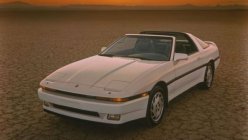Driving and having gas in the tank may seem like the only two things a driver should know. However, there are actually more things to be versed about -- including learning towing basics. For instance, did you know that driving a regular car is different from driving a towing vehicle or a trailer?
1. What should you do?
First of all, driving skills are an absolute necessity whenever you get on the road. However, you would also need to know the basics of towing should the need arise. Learning towing basics will not only help you, but you can also share the knowledge with other people you care for.
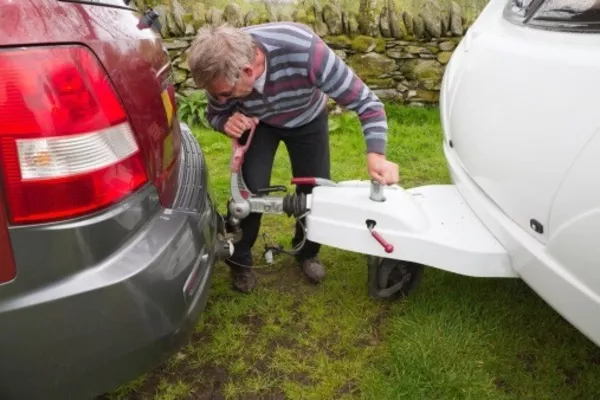
Driving a regular car is a bit different from driving a towing vehicle or a trailer
Below are some of the towing basics that every driver should learn in case they need to drive a towing vehicle. You can also suggest this article from Philkotse.com to your friends and family so they’ll also be informed about the most important things they need to know about towing.
2. Familiarize yourself with the towing vehicle
Before you pack up innumerable amounts of cargo, you first have to familiarize yourself with the vehicle so as to not exceed its limits. Whether you’re driving a truck, a recreational vehicle or an SUV, your ride has a maximum capacity for its size and engine.
Refrain from making guesses about a vehicle’s limits; read its manual instructions carefully before heading out on your trip.
To give you a better understanding, here are some terms to get familiar with:
Cargo of cars and its weight– This obviously refers to the weight of everything you carry on the vehicle and what is dragged by it. The cargo weight includes the weight of the driver, passengers, luggage and the roof cargo.
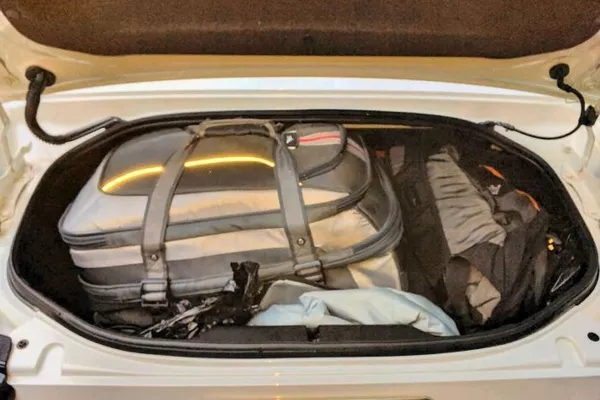
The cargo weight refers to the weight of everything you carry in the vehicle or is dragged by it
Base curb weight – This base curb weight refers to the weight of the whole vehicle. This includes the fluids, the air in the tires, and even the spare tire wherever it may be kept.
Allowable payload – This refers to the maximum amount of weight that is safe to load onto the vehicle. This can include the passengers, cargo, and the sailboat on the trailer (if there’s one).
>>> Read more: Towing guidelines MMDA: Know the law and your rights.
3. Proper weight distribution
Keeping the load weight properly and evenly distributed will make your drive easier and safer. When loading up your cargo for a trip, start packing the bulky and heavy items first and lay them evenly. Secure the objects with a bungee cord or some kind of strong rope to keep everything in place while the vehicle is in motion.
After attending to bulky items, you can now put lighter cargo on top. Putting the heavy objects below keeps the center of gravity at the same spot. Ensuring even weight on all sides of your ride eliminates the chances of it tipping over.
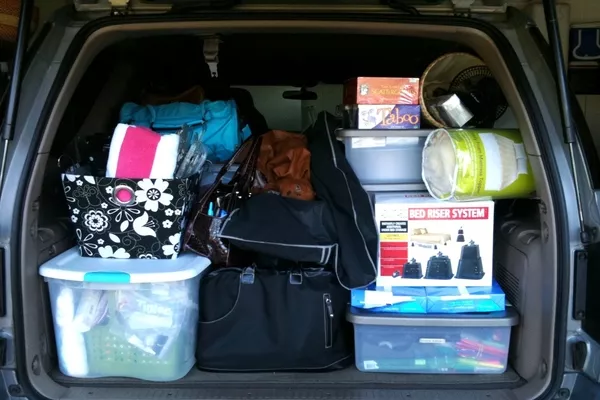
Keeping the load weight evenly distributed will not make your drive easier and safer
4. Use mirrors well and often
Driving a regular-sized vehicle requires the use of mirrors to avoid getting into an accident while on the road. The importance of mirrors doubles when you’re driving a large, towing vehicle that comes with a lot of risks.
There are two types of side mirrors that can be useful for you when driving a large vehicle: a regular side mirror variety and an extended side-view mirror. The former is what is usually found in a regular car, while the latter is a model that can let the driver see both sides and rear-approaching traffic.
Extended side-view mirrors are usually bigger and longer than regular ones. These are an absolute necessity if your vehicle is pulling a trailer that blocks your rearview.
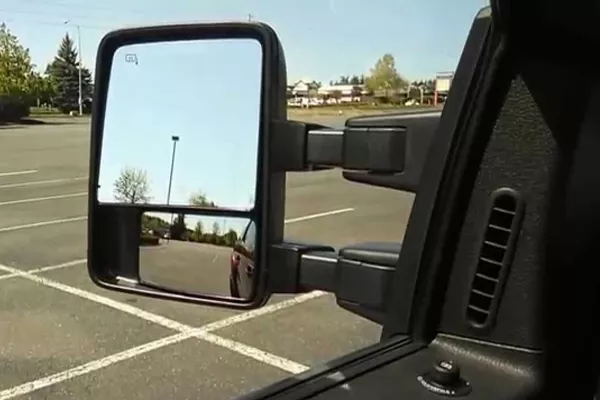
Extended side-view mirrors are usually bigger and longer than regular ones
>>> Also read: How to adjust rear-view mirrors for a safe drive.
5. Make sure all your lights are working
This is a must regardless of the vehicle you drive, and an absolute necessity when it comes to driving a towing vehicle where you have limited visibility. A busted headlight not only puts you at risk but also endangers the lives of other drivers and pedestrians around you.
There are also laws that govern every city and country and almost all of them require that all vehicles (especially towing types) to have operational lights.
These help you with road visibility, minimizing the chances of an accident. You may also need to check if your horn is working because this also plays an important role in road safety.
6. Check your tires
Before embarking on a trip, make sure that all your tires are in good shape. Once you hit the road, make sure that you conduct tire inspection during one of your stops.
Try to give the tires a quick visual inspection or a little kick when you stop for a quick bathroom break, gas up or for some snacks. Also, make sure that your spare tire is also in good condition. Tires, whether they’re being used or not, lose air over time.
>>> Don't you know that careless parking can destroy your car tires.
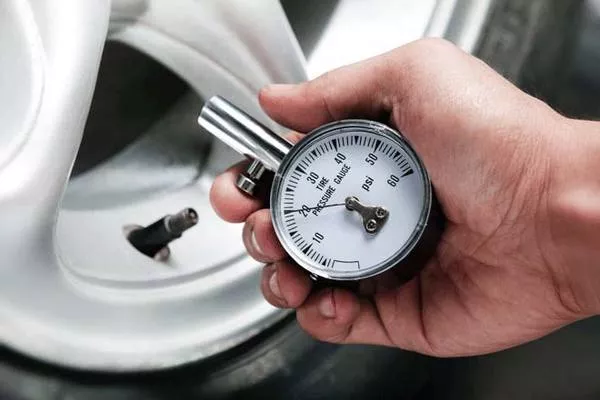
Before embarking on a trip, make sure that your vehicle’s tires are in good shape
Recent posts
- Top 4 common car emergency situations and what you should do Aug 07, 2019
- 4 must-do things to avoid accidents when driving through a pass Jul 26, 2019
- 4 common types of tow scammers and tricks to avoid Aug 16, 2022
- What should be avoided when driving a car other than distracted driving? Jan 26, 2021
- 8 helpful tips to properly tow a disabled vehicle Oct 30, 2017


